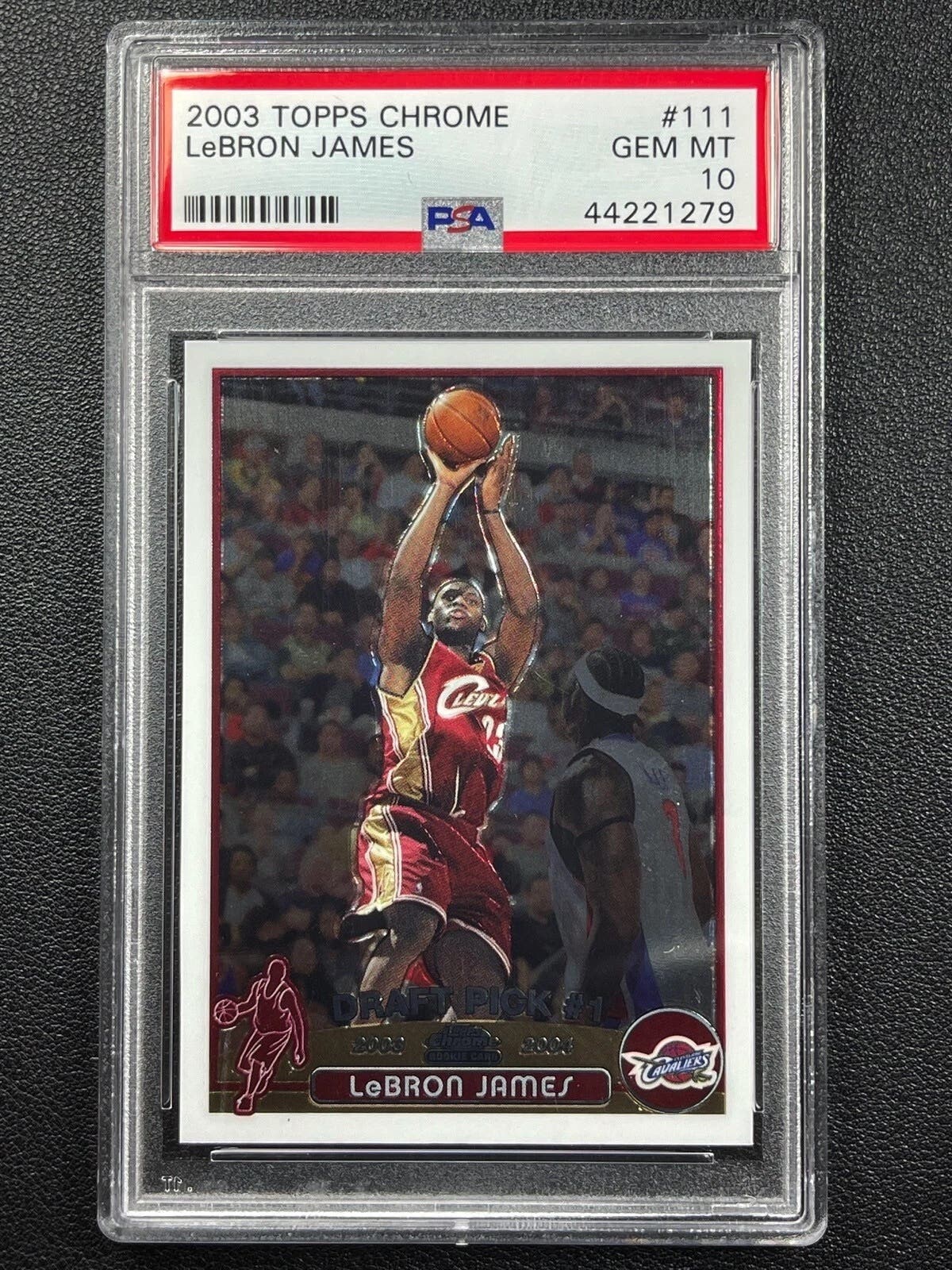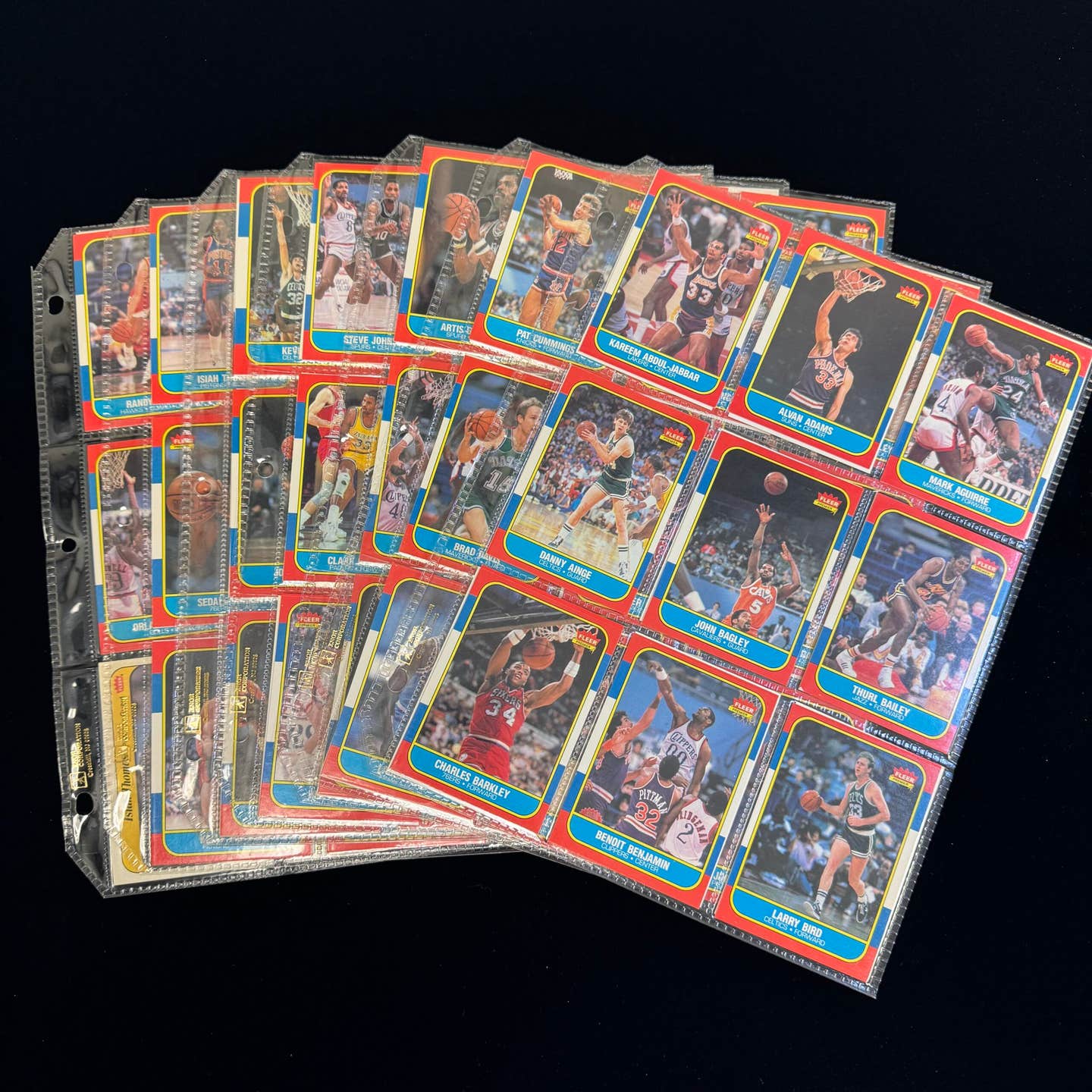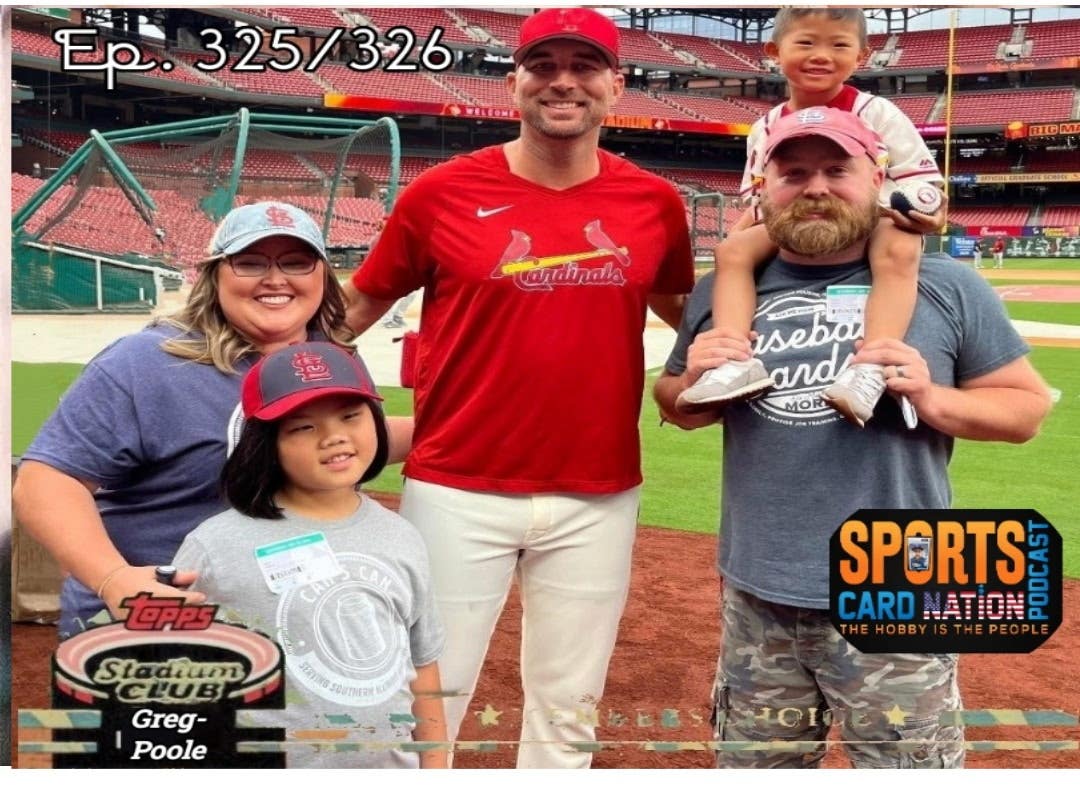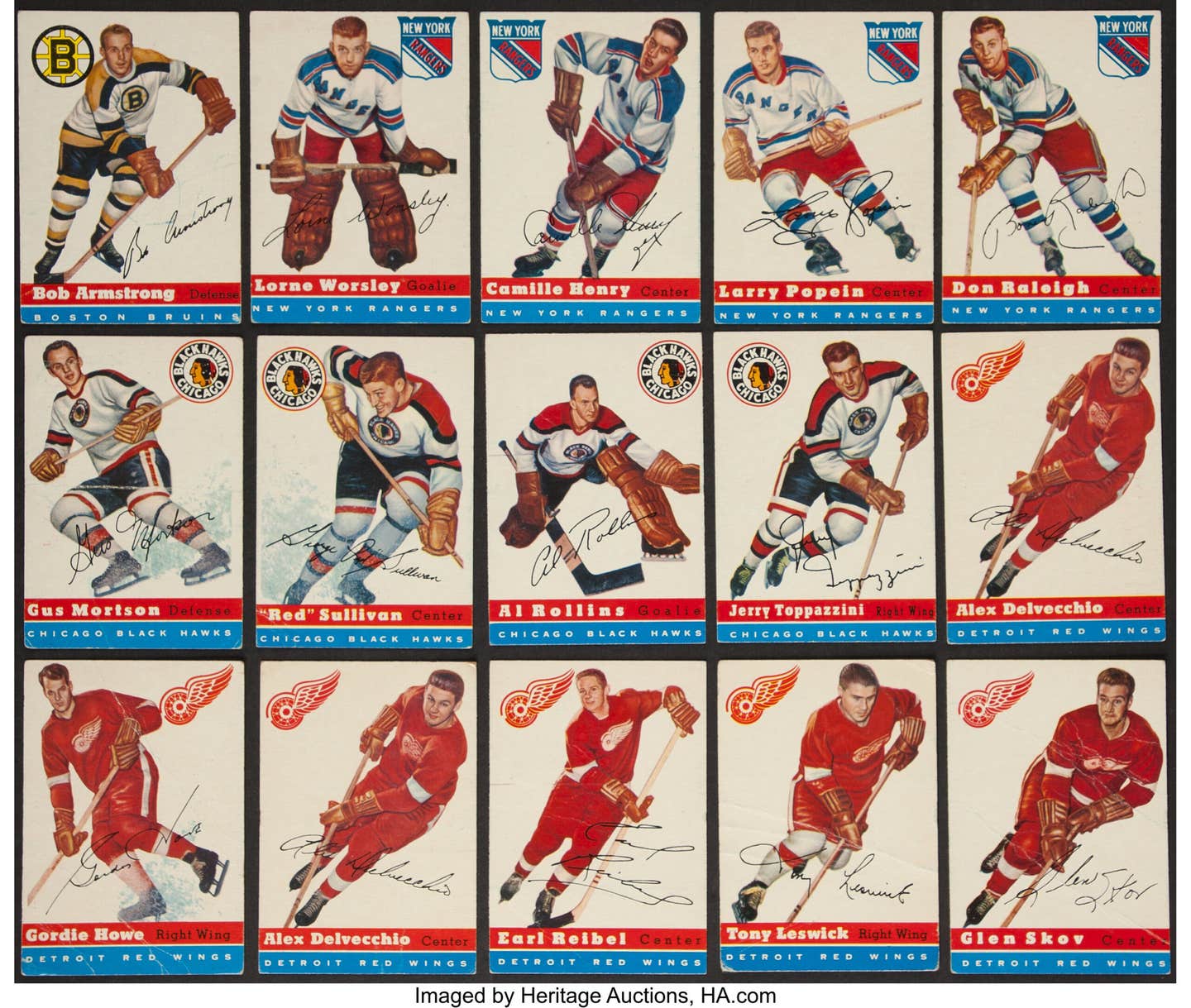Tobacco Cards
Helmar Brewing Co. Cards Attracting Plenty of Attention
By Mike Shannon
They look like classic old baseball cards of the past – like Goudeys and Cracker Jacks and T206 tobacco cards. They are based on beautiful original artwork done by highly talented contemporary artists. They are handmade from top quality card stock and other intriguing materials and intentionally distressed so that they appeal to true collectors and not to wheeler-dealers interested only in their money-making potential. They are produced in extremely low quantities and not released in sets so that collecting them is a worthy challenge.
And, best of all, they can sometimes still be obtained free as premiums attached to other products or won for reasonable prices in auctions on eBay.
The stunning cards we are talking about are produced by a small Michigan outfit called the Helmar Brewing Co., which is owned and run by Charles Mandel. Mandel is a visionary, an unrecognized genius and quite possibly the most important person in the baseball card hobby known by the fewest collectors.
The whole story starts about five decades ago when superstars like Mickey Mantle and Willie Mays were in their prime and Topps baseball cards, the only baseball cards being manufactured, were for sale for a penny a piece (with gum) in every drug store and convenience store in America. That’s when Mandel was born in Detroit. Charles lived in the area all his life, became a Tigers and Ty Cobb fan, and graduated from Michigan State University with a degree in advertising. Like almost every other red-blooded kid in the country at the time, he collected baseball cards and, furthermore, had come under their spell as talismans capable of evoking strong feelings and emotions.
Mandel remained connected to his childhood passion by manufacturing card supplies for 20 years and then successfully switched to a business of importing art and antiques, until the required travel began to separate him too often from his growing family at home. That’s when he decided to go into the “contract brewing” business. Basically, contract brewers are people who pay an existing brewery to make a beer for them, using the contract brewer’s recipe. This is done in most cases because individuals don’t have the vast amount of money it takes to build a brewery from the ground up. For a fraction of the cost otherwise, contract brewers wind up with cases of beer bottled under their name, and since they don’t have to brew and bottle the beer themselves, they are free to concentrate on marketing and selling their product.
That pretty much describes the situation Mandel found himself in as the CEO of the
Helmar Brewing Co. For the name of his new beer, Mandel cast a look backward to the early days of baseball cards when “Helmar” was the name of a tobacco company which gave away baseball cards and non-sport trading cards with packages of their cigarettes. Some of these cards, such as a set devoted to flags of the world and another which depicts houses of famous Americans (like George Washington and Paul Revere), remain popular with collectors today.
Mandel had his beer, an award-winning beer at that, and he had a great time hiring artists to create snazzy player-portrait labels and caps for the bottles and artistic advertising materials like posters and mini “table tents” to be used to promote the beer.
But then a funny thing happened on his way to fame and fortune as a regional beer magnate. He managed to get his new beer onto the shelves of some stores in Indiana, Illinois, Ohio, Pennsylvania and Michigan, but he also encountered a lot of resistance to a new beer. Retailer after retailer told him, “Look, we just don’t have any room for another beer. There’s just too much competition already. But we love your posters! Can we keep some of them?”
It slowly dawned on Mandel that the artistic presentation he had devised to sell Helmar Beer might be the basis of his entire business. To try out this burgeoning theory in 2005, he temporarily suspended the production of Helmar Beer and turned in a different direction to keep the Helmar name out there and to hopefully build a demand for the beer.
He began producing a series of old-fashioned looking baseball cards, based on original art done by the artists in his employ. The cards have the look and feel of the famous T206 set. The cards are the same size as the T206s but are made of thicker cardboard and have tan borders instead of white ones. This initial set, which Mandel called “Famous Athletes,” was released in four series over a period of eight years, from 2005-12, and totals 300 cards. The majority of the players in the set are major league players from baseball’s “Golden Age,” but included are a few minor leaguers and boxers, as well as Negro Leaguers, Japanese players and members of the House of David barnstorming teams.
He put the cards into bags of Helmar Potato Chips and Helmar Caramel Corn, which he began making also on a contract basis. The bags of chips and caramel corn had artwork of Babe Ruth and Shoeless Joe Jackson on them, and the cards had the words “Big League Brew” and “Helmar Brewing Co.” printed on them. It was a confusing scenario for the uninitiated collector, but it quickly became apparent that the baseball cards were the stars of the Helmar enterprise. While the bags of chips and caramel corn sold well – they were available in some minor league ballparks in Texas and through mail-order in Ohio – the shipping costs and distribution roadblocks were headaches Mandel didn’t need. He began selling the cards and a host of other interesting Helmar baseball memorabilia on the Helmar Brewing website and eventually moved the selling of the cards, one at a time, to eBay, where he maintains a virtual online store to this day. (For checklist information, access to the store and a link to the main Helmar Brewing website, visit http://helmarblog.com/helmar-collector-checklists).
The initial Helmar card set did not prove to be profitable, but rather than give up, Mandel sought ways to improve his product and increase awareness of it. In 2009 he began releasing the second Helmar set, R319-Helmar, which is modeled after 1933 Goudeys. A small but loyal base of collectors began to collect the cards, and they were so passionate it gave Mandel the confidence to believe he was onto something important with staying power.
Mandel had a hunch that he could use baseball cards and other player-adorned items such as wood signs, silks and even locks (with keys) to promote his beer and other products, but he had another reason for turning to baseball cards. Years earlier, his childhood collection had been stolen. He wanted to return to collecting, but he just couldn’t bring himself to pay $500 or even $50 for cards he’d once bought for a penny each. In classic American can-do fashion, he figured he’d collect his own cards and, luckily for other collectors, not just make some more run-of-the-mill cards but the cards he wished were being made by the traditional card companies.
The results have been nothing less than spectacular, as an improvement in the artwork
and the painstaking care used to make Helmar cards is almost inconceivable. Anyone who has ever held a few Helmar cards in his hands will understand what I mean. After all, is Topps (or any other current manufacturer) making any baseball cards that combine as many as eight layers of card stock, utilize die-cut techniques or have leather or multi-faceted crystals embedded in them?
With the release of the R319-Helmar cards beginning in early 2009, Mandel made a few more decisions that have increased interest in his cards and which reflect his collecting philosophy. First, he began distressing his brand new cards – not actually damaging the cards with creases or tears or pin holes but rounding the corners a little and rubbing the edges a bit. If such actions turn off the “Gem Mint/Grading Obsessed” crowd, so be it. As Mandel says, “Baseball cards in the old days were meant to be touched, held and played with, and that’s the kind of fun I’m trying to get back to.”
And second, he began seriously reducing the quantity of the cards made and released. No more than 40 of each Helmar card is made, and often fewer than 40, which, believe it or not, makes most Helmar cards as rare as the T206 Honus Wagner. In addition, he only releases for sale four of each card per year. These restrictions definitely make completing Helmar sets a challenge, but this difficulty and the frustration it might entail is preferable for Mandel and many collectors to the indifference that inevitably results from mass-produced products.
Skip Morgan of Los Angeles is typical of Helmar collectors in the way he gushes over the cards.
“Yes, the cards can get to be expensive when you have to bid for them on eBay, but these are not your normal baseball cards,” he says. “There’s nothing else like them in the hobby. They’re just works of art … like miniature paintings. Granted, they’re brand new cards, but they look like they’re 100 years old. For guys my age (Morgan is over 70), each card is like a trip to Cooperstown to the Hall of Fame or to the Field of Dreams. I look at my Helmar cards every night, and I always get the feeling that I’m back in 1905.”
It’s clear that in the eyes of Morgan and other Helmar collectors what Mandel has done is to put the romance back into card collecting.
Mandel’s maverick approach to the baseball card business is further illustrated in his decision not to advertise, ironic for someone whose college degree is in advertising. He prefers to let his business grow slowly by word of mouth. And then there is the Helmar policy of not making cards of just superstar players, as the big boys tend to do in many of their sets.
“I make cards of guys most collectors have not even heard of,” says Mandel. “And we
don’t skimp on the art used for those players either. When we make a card of Art Neft, for example, we put just as much time and effort into that card as we would a card of Ty Cobb.”
As beautiful as all Helmar cards are, collectors without deep pockets probably pick one set to work on at a time. (Morgan, for instance, is focusing on two Helmar sets and ignoring the others.) This is easier said than done because there are so many attractive options, such as:
- “Hey Batter” set – sepia-toned die-cut cards, the tops of which fold over.
- 4-in-1 set – made up of cards with four different players on each card front
- T3 Cabinet set – 8-1/2-by-4-1/4 inches cards similar to Turkey Reds
- L3 Helmar leathers set – 4-by-9-inch cards constructed of 16 different pieces, including a “branded leather shield” made of genuine cow hide and featuring a imprinted unique player image on the bottom half of the card, a second player portrait hand cut and applied inside a cut-out area on the top half of the card and nine genuine multi-faceted crystals made by the Swarovski Kristall Co. set into the card around the portrait on the top half of the card. Whew!
Other Helmar sets include Heroes of the Polo Grounds, Imperial Cabinets, E145 Helmar Cigar Ball Players, 1984 Detroit Tigers, Trolley Car Ads and H813-4 Boston Garter.
Mandel is not getting rich making and selling his modern Helmar baseball cards, but he’s doing OK financially with them now. Money was never the point anyway.
“I don’t let the sales potential affect the players we depict on the cards or the number of cards we issue,” he says. “I’m having fun doing things my way and sharing the fun I’m having with other people.”
Some of his creations top $250 for a single card, usually for Hall of Famers such as Joe Jackson, Babe Ruth and Ty Cobb.
Judging by the number of people who receive Mandel’s newsletter by e-mail, the universe of Helmar collectors is still relatively small. At this point only Helmar’s initial set, Famous Athletes, is checklisted in any of the Standard Catalogs. It’s almost as if what Mandel is doing is the best-kept secret in the hobby. However, since Mandel obviously knows and is committed to doing what gets true baseball card collectors excited, if the secret ever becomes wide spread … watch out.
Mike Shannon is a freelance contributor to SCD. He can be reached at spitball5@hotmail.com.








